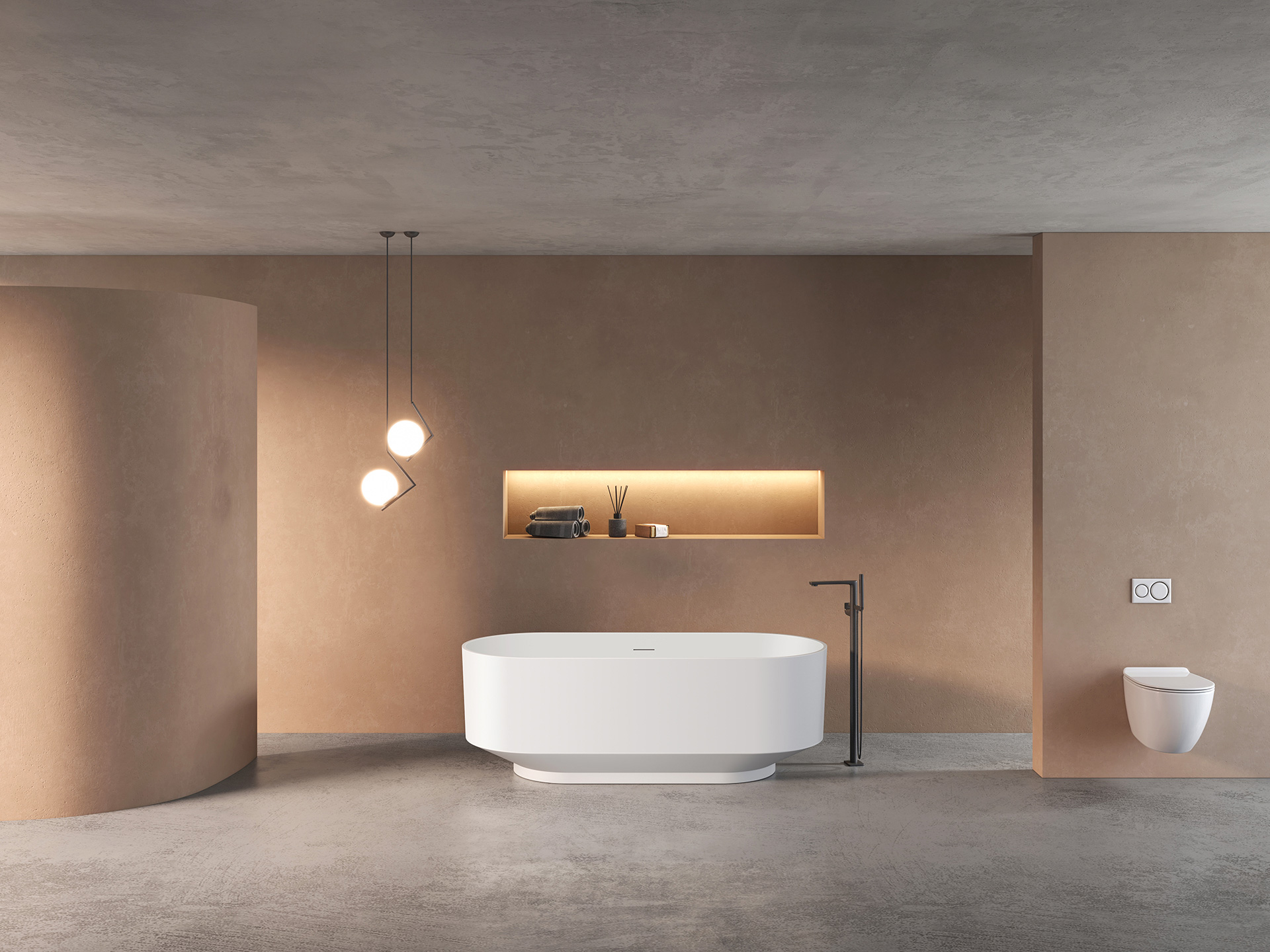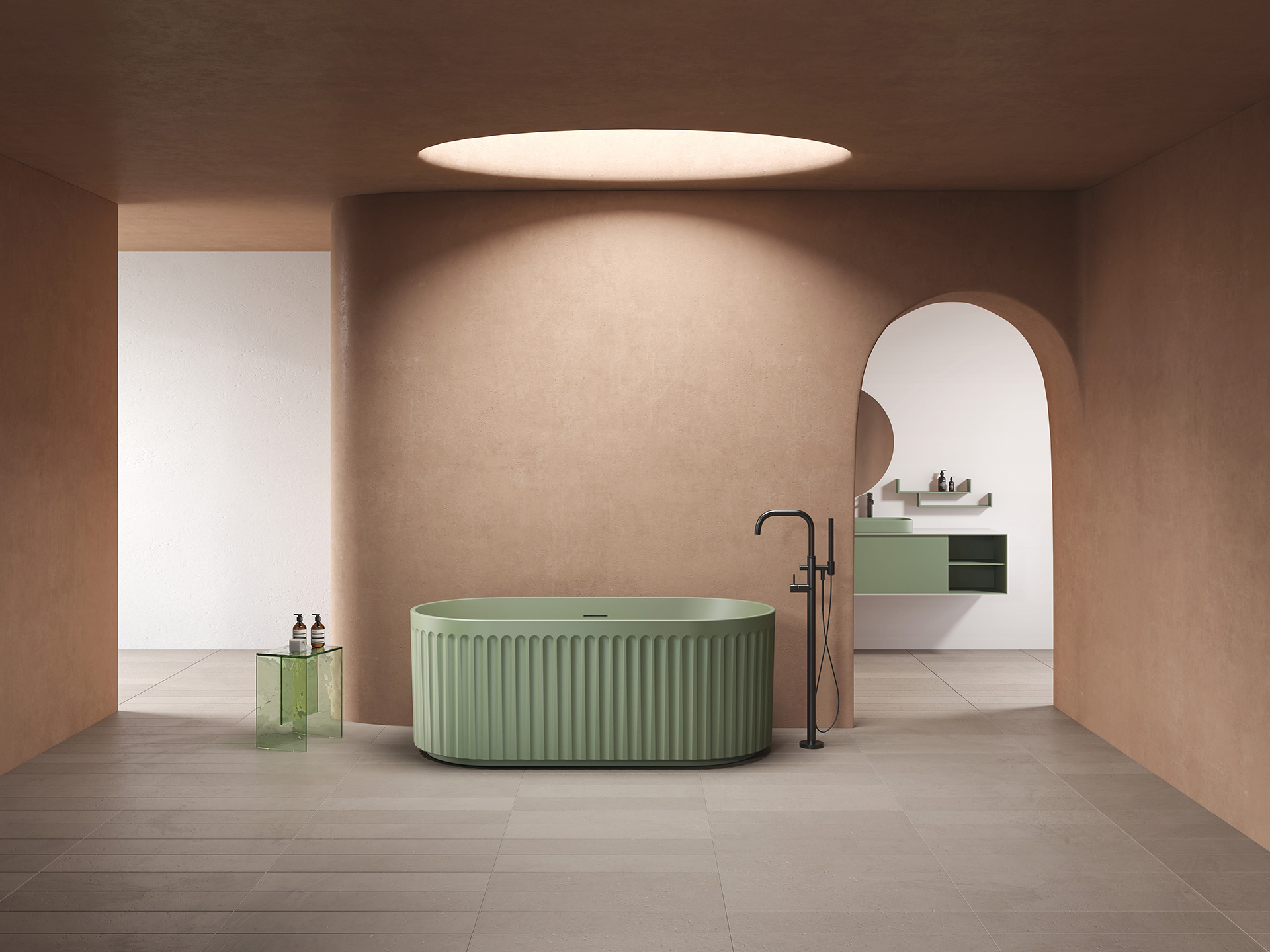Since the Qin and Han dynasties, ancient people used a wooden bucket for bathing, and another type was a “ground pot” that heated while washing. It was made of iron and was heated with wood under the pot to ensure the water temperature. Whether it is a wooden bucket or a “floor pan”, they are the predecessor of modern “independent bathtubs”.
The earliest bathtubs were made of wood lined with lead, followed by marble bathtubs. Since the 18th century, metal bathtubs have become popular, and the most common material is red copper tin plating. The biggest characteristic of this material is that it does not rust. The bathtub can be tinned or even silver plated. Some bathtubs made of joinery are truly antique furniture, with backrests or cushions, in the form of sofas or benches for single or double use. In the late 18th century, the famous wooden shoe bathtub also appeared, consisting of more than 20 metal pieces, named after the shape of shoes that resemble human wear. It has a filling funnel and a drainage faucet.
The comfortable facilities of modern bathrooms began in the 19th century in England, with the emergence of bathtubs that could take wave baths and eventually turned into enclosed bathrooms. By the end of the century, new materials such as cast iron emerged, and “cast iron bathtubs” were cast. But at that time, the cast iron bathtub not only had right angles at the corners, but also was not smooth and uneven in thickness. By the 1880s, craftsmen had finally mastered the technique of turning uncomfortable right angles into rounded edges. A few years later, they had solved the problems of glaze and uneven thickness, and cast iron bathtubs had truly become an impeccable product to this day.
Over time, the materials of independent bathtubs have changed from wood to cast iron, ceramics, steel plates, and acrylic, and there have been many changes in shape, but the purpose is only one: to make bathing more comfortable. In addition to its natural temperament, the constant bathing spirit in the bathtub has also added a classical charm over thousands of years. In its embrace, bathing has become something that requires patient carving and is worth savoring.
Acrylic bathtub is a modern and practical type of bathtub, showcasing its outstanding performance and unique design style in modern bathrooms. Acrylic bathtubs are made of acrylic materials and have many advantages, making them the preferred choice for many homes, hotels, and other places.
Acrylic bathtubs excel in practicality. Acrylic materials have excellent wear resistance and durability, which can withstand long-term use without deformation or damage. This means that acrylic bathtubs can maintain their appearance and functionality for a long time, providing users with a long-lasting user experience. In addition, acrylic bathtubs also have good insulation performance, which can maintain the water temperature for a long time, allowing users to fully enjoy the pleasure of bathing in comfortable warm water.


